Lifestyle
Charging a Tesla Model S Might Be Costing More Than You Think

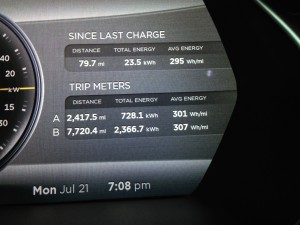 When you fill up a normal ICE car you know exactly what your costs are for the fuel. With an electric vehicle it is not that simple. There is a charging efficiency factor that comes into play which means that the reported amount of energy used could be understated and lower than the actual energy used. In a previous post I wrote about installing an EKM Digital Submeter on my NEMA 14-50 outlet to measure actual power usage of the Model S against the reported power displayed on the driver’s digital dash display. A month later and armed with more data, the energy loss I’m seeing is larger than I had originally expected.
When you fill up a normal ICE car you know exactly what your costs are for the fuel. With an electric vehicle it is not that simple. There is a charging efficiency factor that comes into play which means that the reported amount of energy used could be understated and lower than the actual energy used. In a previous post I wrote about installing an EKM Digital Submeter on my NEMA 14-50 outlet to measure actual power usage of the Model S against the reported power displayed on the driver’s digital dash display. A month later and armed with more data, the energy loss I’m seeing is larger than I had originally expected.
Test Setup
I charge at home 99% of the time and in the last three months I’ve logged 7,500+ miles driven, one trip to the Supercharger and two visits to the Tesla store’s High Power Wall Connector. I have a professionally installed NEMA 14-50 outlet at home. I’m using the factory supplied Universal Mobile Connector (UMC) as the cable between the outlet and the car. An EKM digital sub meter measures actual draw from the outlet and is accurate to within 1% and does not add any measurable load of its own.
Methodology
On the “anniversary date” of taking delivery of my Model S I recorded all of the pertinent info that was displayed before resetting the Trip A meter. Before driving the next day I record the reading on the EKM meter. That way I’ve got the mileage and the Tesla reported power usage over the period driven. This process will let me see a bunch of information that I plan on tracking over time, as follows:
- Monthly miles driven
- Monthly kWh used as reported by the Model S
- Monthly kWh used as reported by the EKM meter
- Monthly Average energy used
I plan on using this information to look at how average energy used changes as the months/temperature changes and perhaps as the Model S gets more miles on it. While I don’t drive consistently on any given day (test drives, special trips and the like), the numbers will average out and my driving style is not likely to change much after 30 years of driving (yeah I’m getting old but the Model S makes me feel young again!). I also drive pretty consistent patterns of commuting with a lot of miles to the same places which helps average out the special trips to locations with different terrain/conditions. Basically, while the conditions aren’t perfectly stable over time, the averages and data from this real world testing will be pretty accurate.
The Data
The last period (6/21 – 7/21) was my first full period with both the car and the EKM meter. A month of driving and charging, especially with the miles and kWh’s involved is a decent period over which to look at the results versus the 2 days from my prior blog post. Here’s the data: 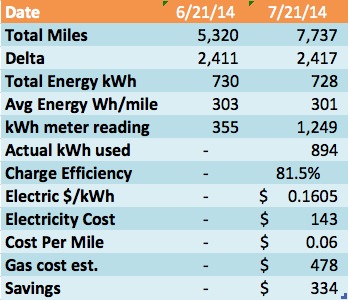 In the above table you can see that the Model S reported 728 kWh used during the period but the meter reported 894 kWh used. This means my charging efficiency is only about 82% and electric usage (and cost) is 23% higher than I may have expected based on the readings the Model S provides. For that month this is an extra $26 of charging cost which is a small number but a notable percentage of the total. The good news is that even using this larger kWh number, the savings versus driving my old ICE car for energy alone comes in at $334 — I’m saving $334/month in gas driving my Model S!
In the above table you can see that the Model S reported 728 kWh used during the period but the meter reported 894 kWh used. This means my charging efficiency is only about 82% and electric usage (and cost) is 23% higher than I may have expected based on the readings the Model S provides. For that month this is an extra $26 of charging cost which is a small number but a notable percentage of the total. The good news is that even using this larger kWh number, the savings versus driving my old ICE car for energy alone comes in at $334 — I’m saving $334/month in gas driving my Model S!
Summary

Lifestyle
Tesla Model S Plaid battles China’s 1500 hp monster Nurburgring monster, with surprising results
There is just something about Tesla’s tuning and refinement that makes raw specs seem not as game-changing.
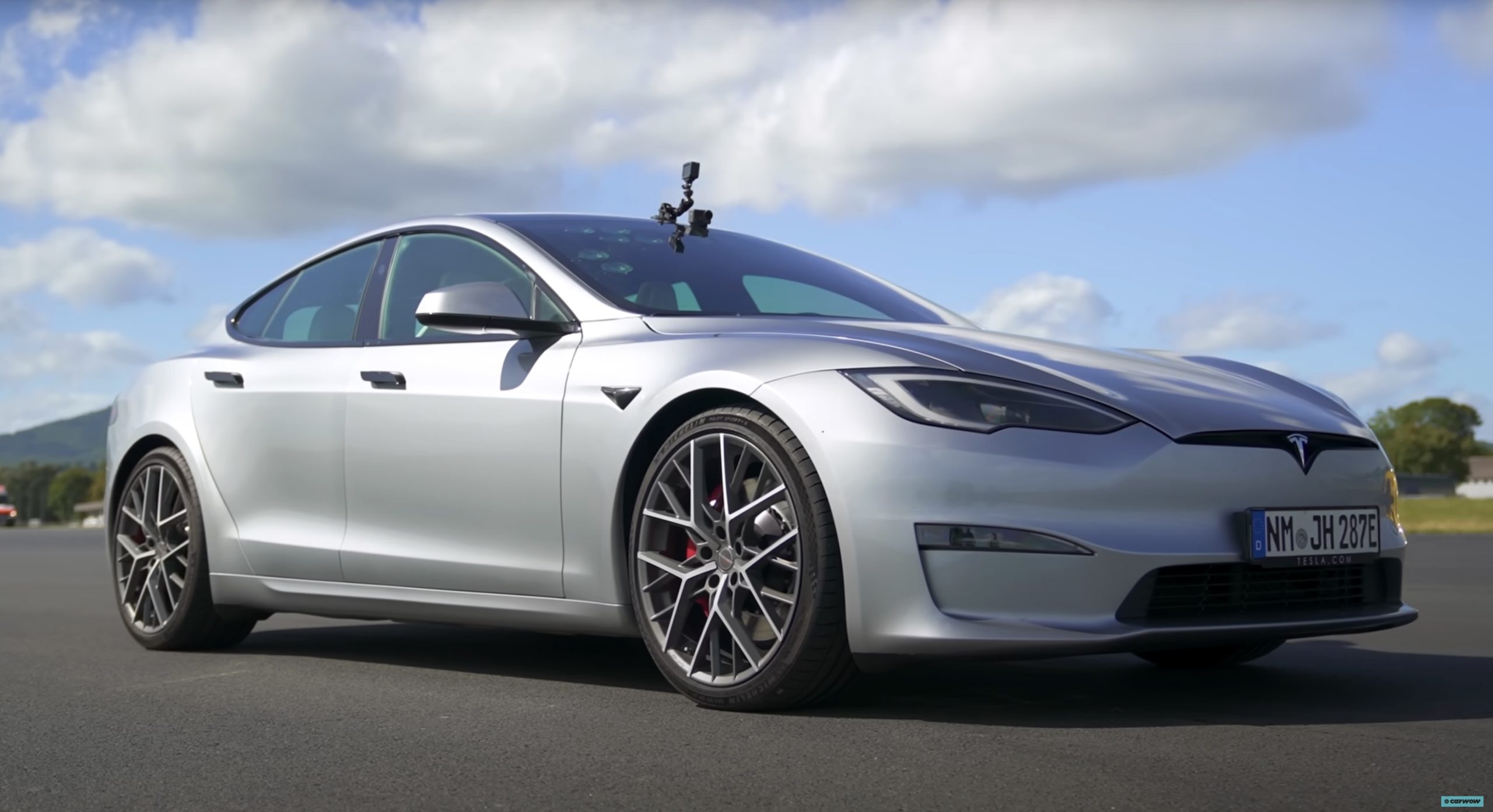
The Tesla Model S Plaid has been around for some time. Today, it is no longer the world’s quickest four-door electric sedan, nor is it the most powerful. As per a recent video from motoring YouTube channel Carwow, however, it seems like the Model S Plaid is still more than a match for some of its newer and more powerful rivals.
The monster from China
The Xiaomi SU7 Ultra is nothing short of a monster. Just like the Model S Plaid, it features three motors. It also has 1,548 hp and 1,770 Nm of torque. It’s All Wheel Drive and weighs a hefty 2,360 kg. The vehicle, which costs just about the equivalent of £55,000, has been recorded setting an insane 7:04.957 at the Nurburgring, surpassing the previous record held by the Porsche Taycan Turbo GT.
For all intents and purposes, the Model S Plaid looked outgunned in Carwow’s test. The Model S Plaid is no slouch with its three motors that produce 1,020 hp and 1,420 Nm of torque. It’s also a bit lighter at 2,190 kg despite its larger size. However, as the Carwow host pointed out, the Model S Plaid holds a 7:25.231 record in the Nurburgring. Compared to the Xiaomi SU7 Ultra’s record, the Model S Plaid’s lap time is notably slower.
Real-world tests
As could be seen in Carwow’s drag races, however, Tesla’s tech wizardry with the Model S Plaid is still hard to beat. The two vehicles competed in nine races, and the older Model S Plaid actually beat its newer, more powerful counterpart from China several times. At one point in the race, the Xiaomi SU7 Ultra hit its power limit due to its battery’s temperature, but the Model S Plaid was still going strong.
The Model S Plaid was first teased five years ago, in September 2020 during Tesla’s Battery Day. Since then, cars like the Lucid Air Sapphire and the Xiaomi SU7 Ultra have been released, surpassing its specs. But just like the Model Y ended up being the better all-rounder compared to the BYD Sealion 7 and the MG IM6, there is just something about Tesla’s tuning and refinement that makes raw specs seem not as game-changing.
Check out Carwow’s Model S Plaid vs Xiaomi SU7 drag race video below.
Lifestyle
500-mile test proves why Tesla Model Y still humiliates rivals in Europe
On paper, the BYD Sealion 7 and MG IM6 promised standout capabilities against the Model Y.
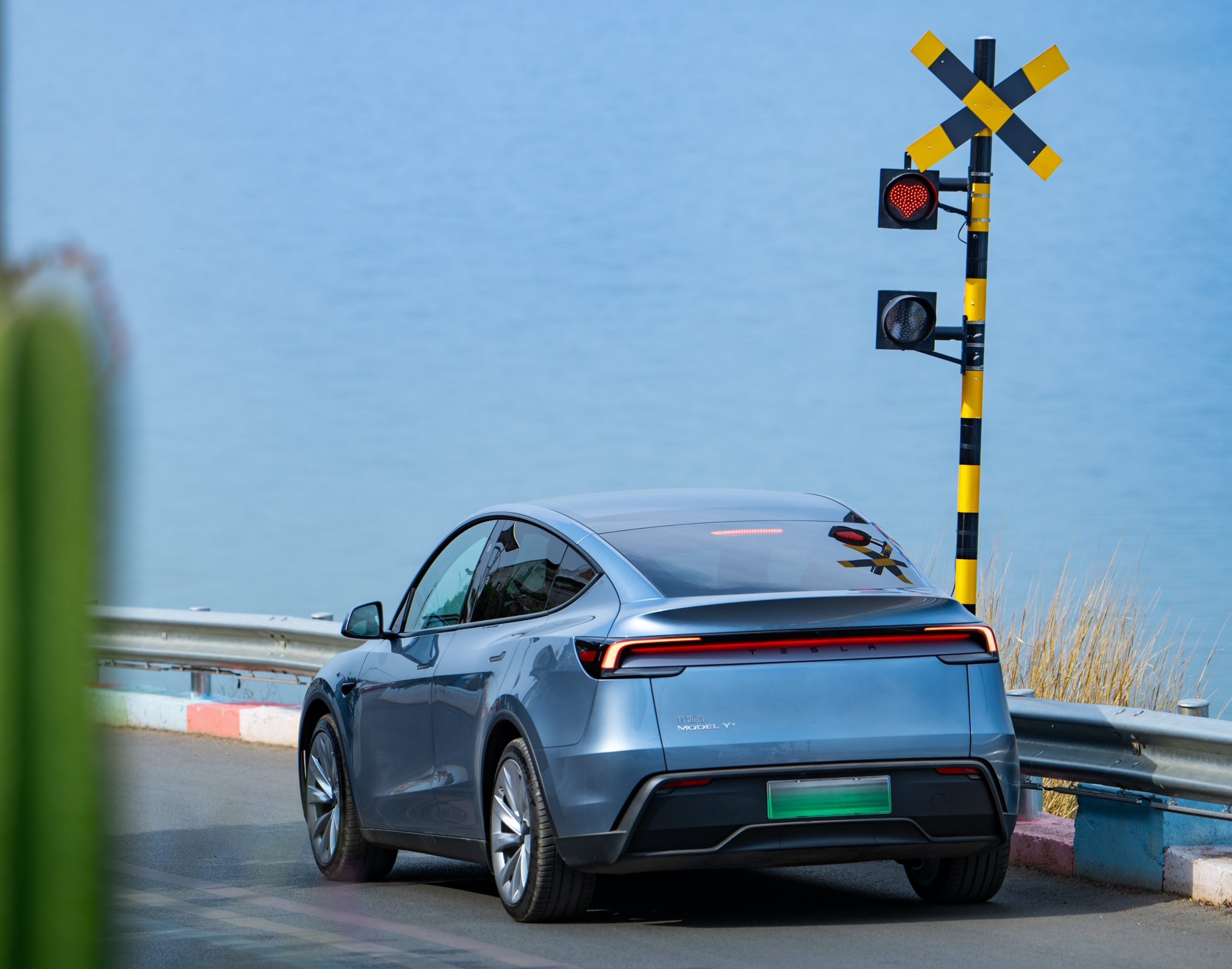
BYD is seeing a lot of momentum in Europe, so much so that mainstream media has taken every opportunity to argue that the Chinese automaker has beaten Tesla in the region. But while BYD sales this year in Europe are rising and Tesla’s registrations remain challenged, the raw capabilities of vehicles like the Model Y are difficult to deny.
This was highlighted in a 500-mile challenge by What Car? magazine, which showed that the new Tesla Model Y is more efficient, cheaper to run, and more reliable than rivals like the BYD Sealion 7, and even the nearly 400 KW-charging MG IM6.
Range and charging promises
On paper, the BYD Sealion 7 and MG IM6 promised standout capabilities against the Model Y. The Sealion 7 had more estimated range and the IM6 promised significantly faster charging. When faced with real-world conditions, however, it was still the Model Y that proved superior.
During the 500-mile test, the BYD nearly failed to reach a charging stop, arriving with less range than its display projected, as noted in a CarUp report. MG fared better, but its charging speeds never reached its promised nearly-400 kW charging speed. Tesla’s Model Y, by comparison, managed energy calculations precisely and arrived at each stop without issue.
Tesla leads in areas that matter
Charging times from 25% to 80% showed that the MG was the fastest at 17 minutes, while Tesla and BYD were close at 28 and 29 minutes, respectively. Overall efficiency and cost told a different story, however. The Model Y consumed 19.4 kWh per 100 km, compared to 22.2 for MG and 23.9 for BYD. Over the full trip, Tesla’s charging costs totaled just £82 thanks to its supercharger network, far below BYD’s £130 and MG’s £119.
What Car? Magazine’s testers concluded that despite BYD’s rapid sales growth and the MG IM6’s seriously impressive charging speeds, Tesla remains the more compelling real-world choice. The Model Y just offers stability, efficiency, and a proven charging infrastructure through its Supercharging network. And as per the magazine’s hosts, the Model Y is even the cheapest car to own among the three that were tested.
Watch What Car? Magazine’s 500-mile test in the video below.
Lifestyle
Tesla Cybertruck slapped with world’s least intimidating ticket, and it’s pure cringe
One cannot help but cringe and feel second-hand embarrassment at the idea of a person just driving around with a stack of these babies.
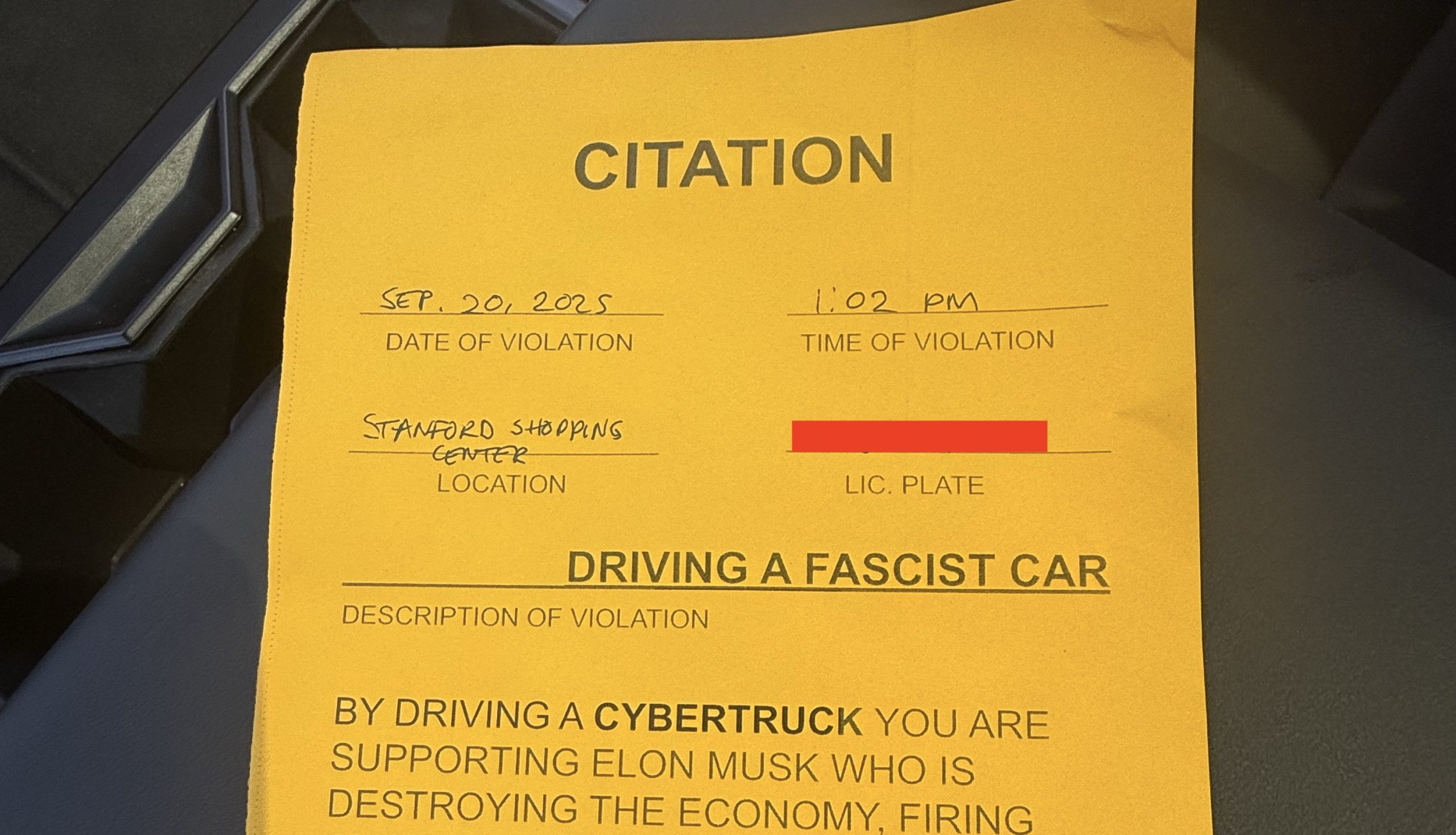
A Cybertruck parked at Stanford Shopping Center in California was recently hit with what might be the most try-hard piece of paper ever slipped under a wiper blade: a “fake citation” accusing the driver of supporting a “fascist car.”
The note, shared on X by Tesla staff program manager Ryan Torres, quickly made the rounds on X, where it quickly gained attention as an example of how not to protest.
The world’s least intimidating ticket
According to the citation, the supposed “violation” was “driving a fascist car.” The remedial action? Take the bus, call an Uber, or ride a bike. The note also dubbed Elon Musk a “chainsaw-wielding Nazi billionaire.” Now, protests against Tesla and Elon Musk have become commonplace this year, but one cannot help but cringe and feel second-hand embarrassment at the idea of a person just driving around with a stack of fake anti-Tesla/Musk citations.
Torres pointed out the irony himself in his post on X. Tesla currently employs over 140,000 Americans, and SpaceX has put the U.S. firmly back at the top of space technology. As Torres put it, maybe the person behind the world’s least intimidating ticket should “read a book on innovation before vandalizing” other people’s property.
Peak performative clownery
Not to mention that the fake ticket’s logic collapses under its own weight. EVs like the Cybertruck are literally designed to reduce emissions, not “destroy the economy.” If anything, Tesla has bolstered the United States’ economy by fueling jobs in engineering, manufacturing, and clean energy. It’s not the first time a Tesla has been the target of vandalism or politically charged notes, but this one stands out for sheer cringe value.
Torres summed it up neatly: “Peak clownery.” On that point, at least, the citation earns full marks. In a way, though, perhaps cringe fake tickets are not as bad as the literal firebombs that were being thrown at Tesla stores and cars earlier this year because some critics were gleefully misinformed about Elon Musk.








